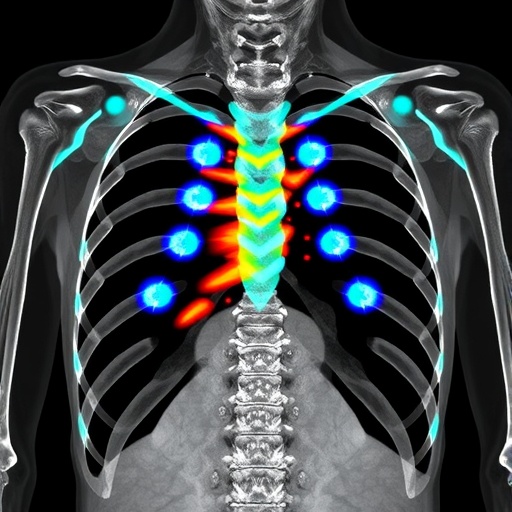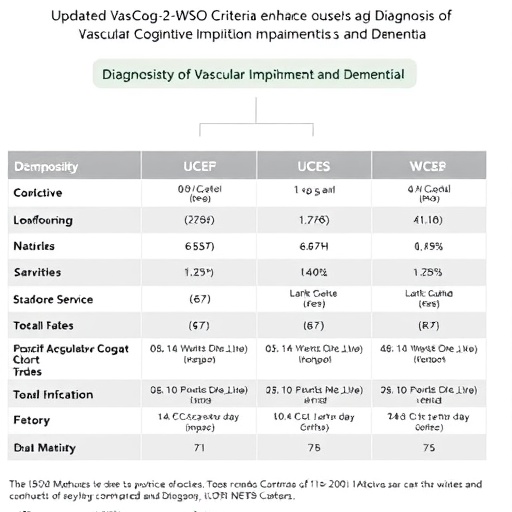In the current issue of Cardiovascular Innovations and Applications (Volume3, Number 1, 2018, pp. pp. 85-92(8); DOI: 10.15212/CVIA.2017.0037, Angeline D. Opina and Wayne J. Franklin from the Baylor College of Medicine and Texas Children's Hospital, Houston, TX, USA consider the D-transposition of the great arteries.
D-transposition of the great arteries (d-TGA) is the second most common cyanotic congenital heart disease (CHD) lesion, accounting for 3-5% of all CHD, with a prevalence of 3 per 10,000 live births in the United States. Characterized by concordant atrioventricular connections and discordant ventriculoarterial connections, the aorta arises from the right ventricle, with the pulmonary artery arising from the left ventricle. This results in two parallel circuits. The "systemic" circuit returns deoxygenated blood from the systemic veins to the aorta by way of the right atrium and systemic right ventricle. The "pulmonary" circuit carries oxygenated blood from the lungs to the left atrium before it is pumped to the pulmonary arteries via the subpulmonic left ventricle. Associated congenital cardiac lesions include ventricular septal defects (VSDs) in 45% of cases, left ventricular outflow tract obstruction in 25% of cases, and coarctation of the aorta in 5% of cases. Intracardiac shunting, which can occur at the atrial, ventricular, or ductal level, allows mixing of deoxygenated and oxygenated blood, and is required to sustain life.
Surgical management of d-TGA has evolved rapidly since the first successful atrial switch in 1957. The atrial switch operation (also known as the Senning or Mustard operation) was initially favored but it has been associated with the long-term development of right ventricular failure and rhythm disturbances. The ability to successfully translocate the coronary arteries has allowed anatomic repair, the ASO, to now be the preferred method for surgical correction. The "switch conversion operation," which converts the prior atrial switch operation to the arterial switch, has been performed in selected pediatric patients as an alternative to heart transplant, but the outcomes when it has been performed in adolescents have been poor. Overall, the care of patients with d-TGA has evolved over the last 60 years, with impressive results. However, clinicians need to closely monitor both atrial switch and arterial switch patients through adulthood and beyond.
###
CVIA is available on the IngentaConnect platform and at Cardiovascular Innovations and Applications. Submissions may be made using ScholarOne Manuscripts. There are no author submission or article processing fees. CVIA is indexed in the ESCI, OCLC, Primo Central (Ex Libris), Sherpa Romeo, NISC (National Information
Media Contact
Morgan Lyons
[email protected]
http://dx.doi.org/10.15212/CVIA.2017.0037




